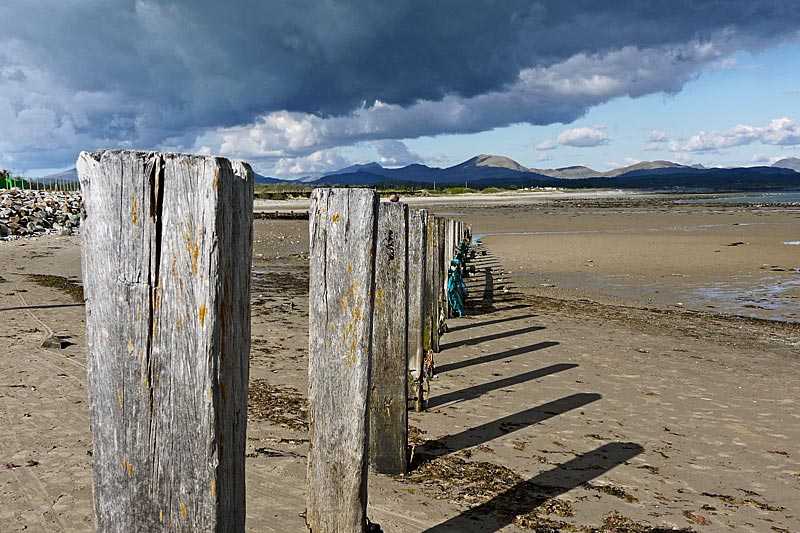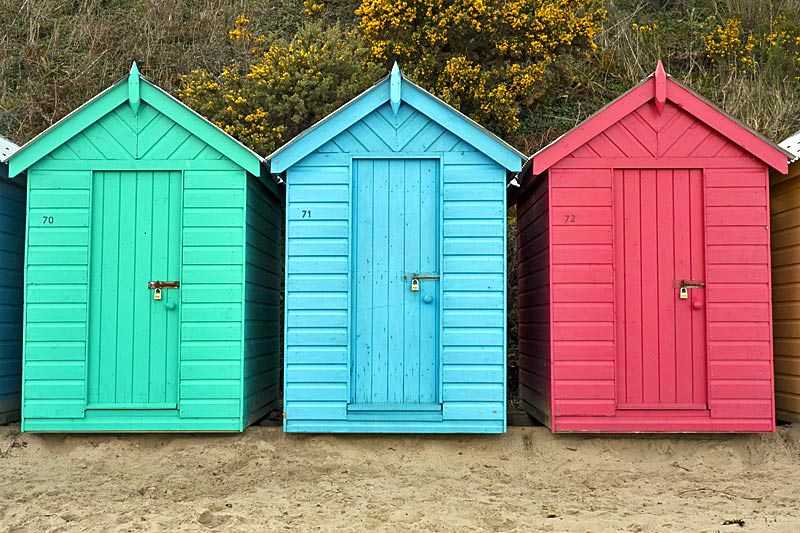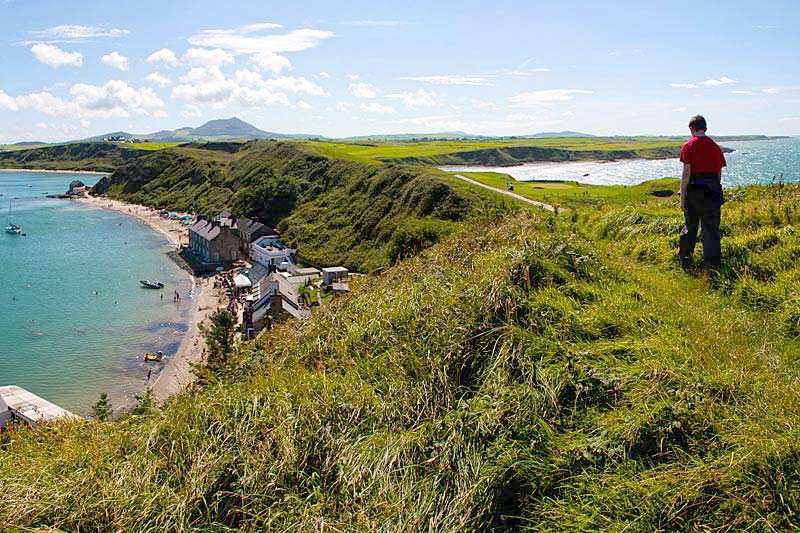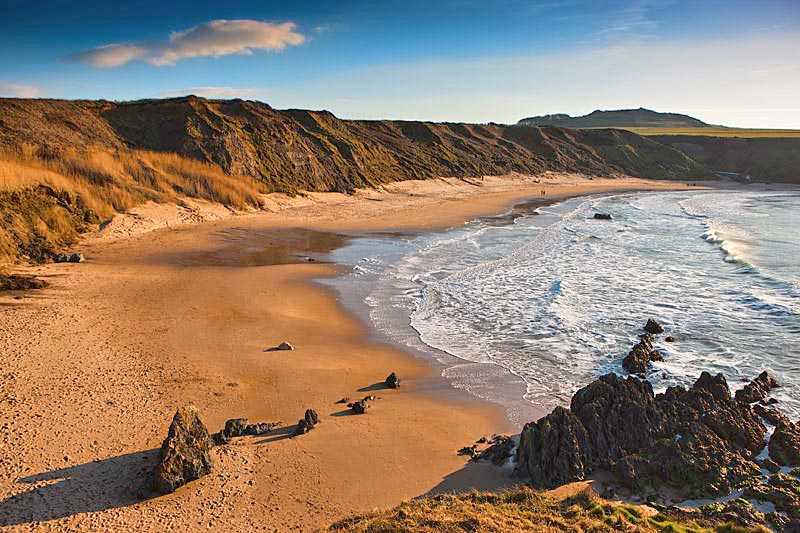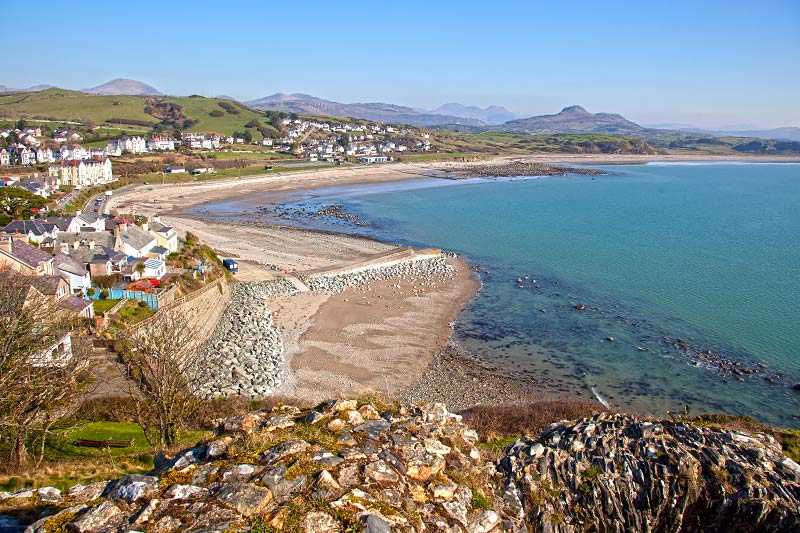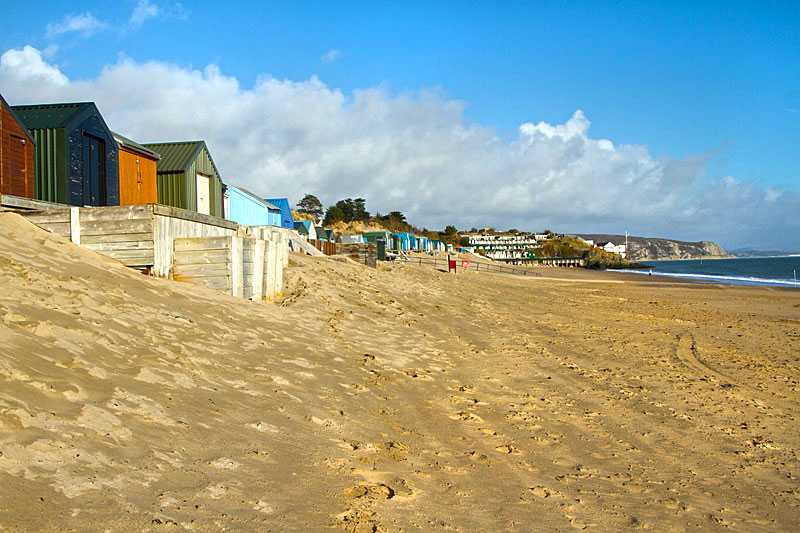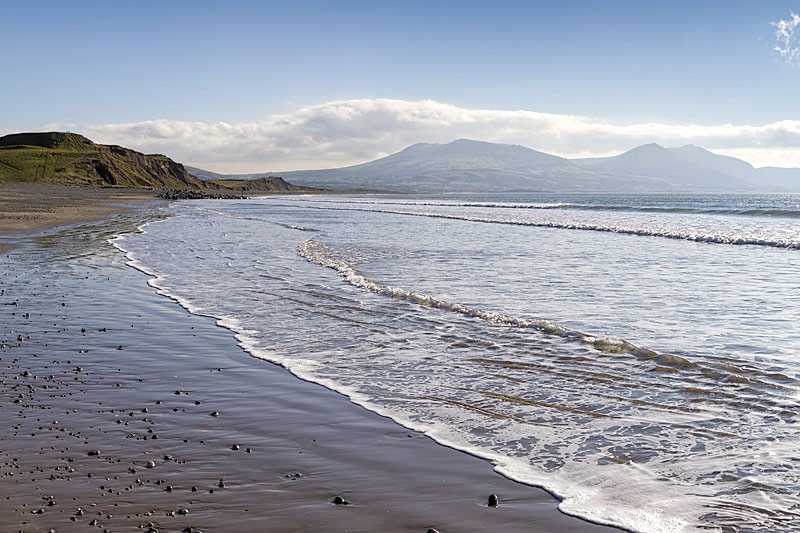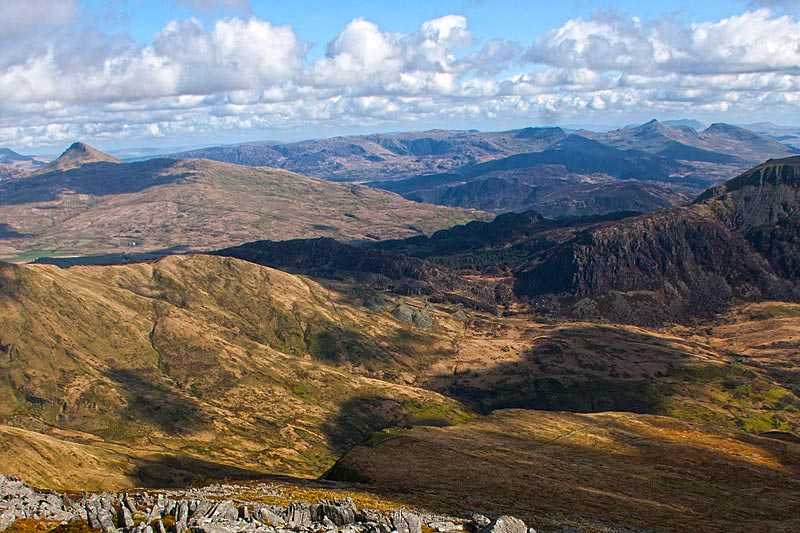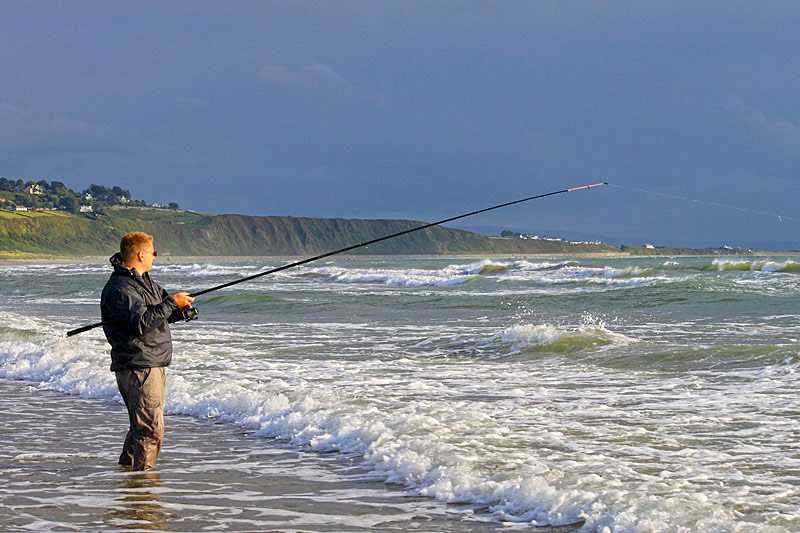Llyn Peninsula AONB
About the Llyn Peninsula
The Llyn Peninsula Area of Outstanding Natural Beauty (AONB) was designated in 1956 and is famed for its unspoilt natural features. It covers a large part of t...
About the Llyn Peninsula
The Llyn Peninsula Area of Outstanding Natural Beauty (AONB) was designated in 1956 and is famed for its unspoilt natural features. It covers a large part of the Llyn peninsula and is mostly coastal, extending inland to include the volcanic peaks which dot the landscape – Garn Fadryn, Yr Eifl and Bwlch Mawr.
Climate
The peninsula experie...
Things to do near Llyn Peninsula AONB
Attractions near Llyn Peninsula AONB
Activities
About Llyn Peninsula AONB
About the Llyn Peninsula
The Llyn Peninsula Area of Outstanding Natural Beauty (AONB) was designated in 1956 and is famed for its unspoilt natural features. It covers a large part of the Llyn peninsula and is mostly coastal, extending inland to include the volcanic peaks which dot the landscape – Garn Fadryn, Yr Eifl and Bwlch Mawr.
Climate
The peninsula experiences a unique micrclimate, benefitting from the Gulf Strea, which tends to bring warmer sea temperatures and better weather than further inland.
Flora and Fauna
Llyn has a seabird sanctuary located on Ynys Enlli (Bardsey Island). It shelters Manx shearwater and puffins, and is also home to grey seals. Rare plants such as the spotted rockrose grow in the heathlands, and the waters off the peninsula contain a huge variety of sea life on and around the reefs and estuaries.
Activities
Water sports are well catered for in the area, with facilities for diving, water-skiing, and windsurfing, as well as one of Britain’s top sailing centres. There are around 19 sandy beaches, all accessible for families.
There are plenty of opportunities for walking in the area, including the 75 km (~47 mi) coastal path along the Llyn Peninsula leading to Bardsey Island, or (for those with plenty of time) the 153 km (~95 mi) walk all the way around the Llyn from Caernarfon to Porthmadog. Cycling on quiet country lanes and mountain biking in the more rugged landscapes are both popular.
Narrow, winding lanes, white washed farms, small fishing villages and stretches of ancient open common characterise the countryside. Field monuments from Mesolithic times and Iron Age hill-forts are to be found in the region.
